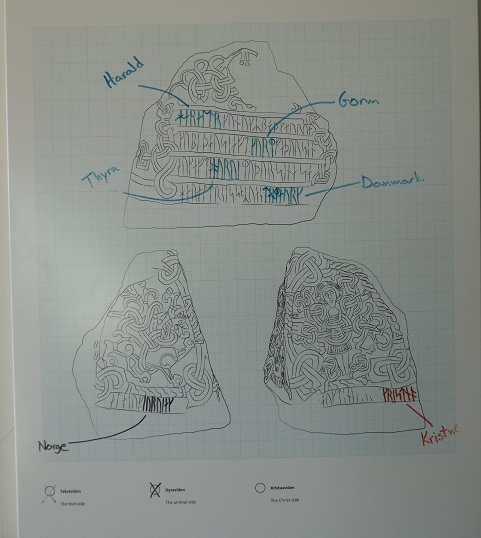A month long exhibition featuring sex objects was held at the old Horse hospital in London. This is located at the Colonnade at Bloomsbury, just around the corner from Russel Square underground station.
The purpose of the Sept 2022 exhibition - "The Museum straddles the boundary between art, fiction, and history, tracing our sexual past via the many clues locked away in institutions or even hidden under beds. In more tolerant times, it is easy to forget that the struggle for sexual freedom came at such a cost to countless individuals. The Museum’s purpose is to scratch the surface, peel back some layers and bring history’s blind spots into the light." [taken from museumofsexobjects].
I was in time to join a mini tour by The Keeper, who was dressed in a long red cape. She gave us a short introduction to some of the objects on display. One whole wall is devoted to pictures, embroideries and drawings etc done for the exhibition
There are various displays on the struggle for sexual freedom and the road to feminism.
"Experience clandestine meetings in A Space of Peril, exploring how dangerous public spaces were for gay men – from the 18th Century Molly Houses to Cottaging in the public toilets of the 20th Century." Molly-house was a term used in 18th- and 19th-century Britain for a meeting place for homosexual men. The meeting places were generally taverns, public houses, coffeehouses or even private rooms where men could either socialise or meet possible sexual partners. Men would often dress as women to go to the houses.
Sexual diseases were prevalent and there is a section on Dr Isaac Baker Brown, a notorious 19th-century English gynaecologist and obstetrical surgeon. He had a reputation as a specialist in the diseases of women and advocated certain surgical procedures, including clitoridectomies, as cures for epilepsy and hysteria.
A Sheela na gig. These are figurative carvings of naked women displaying an exaggerated vulva. They are architectural grotesques found throughout most of Europe on cathedrals, castles, and other buildings. The greatest concentrations can be found in Ireland, Great Britain, France and Spain, sometimes together with male figures. See more on Wikipedia.







































































